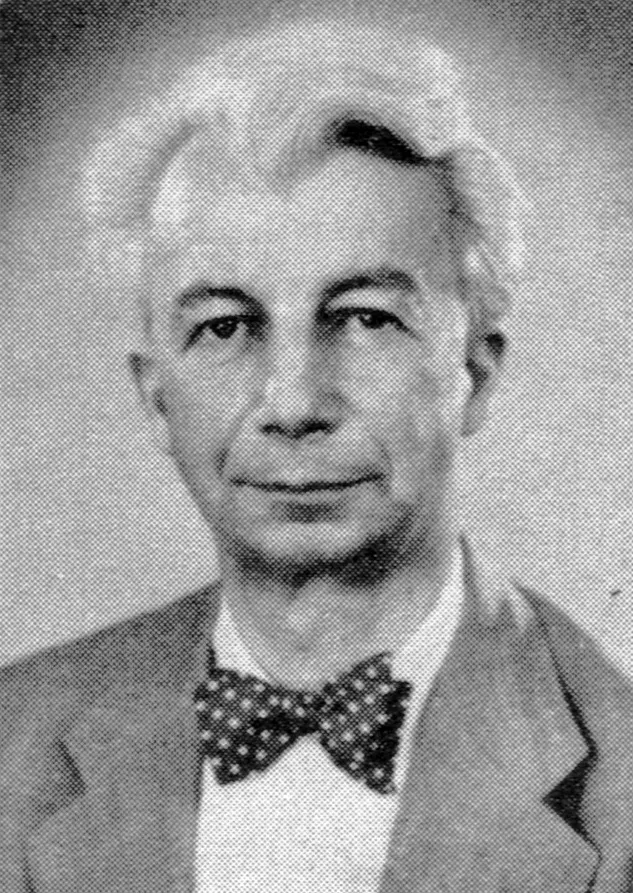Last month (March 2022), I spoke to over fifty Graphic Design undergraduates about the archive and my passion for design history, after which the students had full access to items in the collection and participated in discourse amongst their peers and lecturers. As part of their critical studies unit, the students will be producing essays and content related to the impact, history and aesthetics of selected artefacts.




